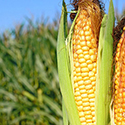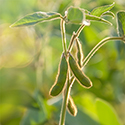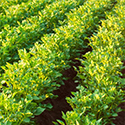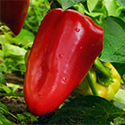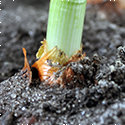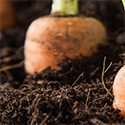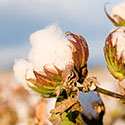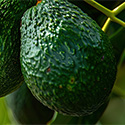Techniques for avocado farming
- Avocados are a fruit that grows best in tropical climates
- They are considered Superfoods, high in essential nutrients and healthy fats
- Mexico leads the world in avocado production, with 2.65M tonnes in 2023
- The U.S. imports 90% of its avocado consumption, most of it from Mexico
- Globally, 491,000 hectares (1.2 million acres) are planted, 375,000 hectares (76%) in Mexico, Central and South America.
Growing Avocados
- There are three main types of avocados: Mexican, Guatemalan, and West Indian
- Haas avocados are a cultivar of Mexican and Guatemalan
- Most trees are grown from seed, and can take 7-10 years to fruit
- Some avocados exhibit biennial fruiting, producing a large harvest one year, light harvest the next
- The active root zone of an avocado tree is shallow at 30-40cm (12-16 inches)
- While difficult to grow from seed, when mature avocados will fruit for decades
- Grafted trees can start producing in 3-4 years
- Avocado trees generally do not tolerate pH outside of a slightly acidic 5.0 to 7.0
The market for avocados
Over 11 billion pounds of avocados are produced yearly in the world. The Mexican state of Michoacán produces about 3 billion lbs. per year, and leads the world. Over 80% of the Mexican crop is exported to the United States. U.S. consumption of avocados has grown in the period 1998 to 2023 from 1.52lbs. per capita to 9.22lbs (600% increase).
In the 1980’s, the U.S. market for avocados was almost entirely covered by domestic production. Today U.S. growers produce less than 10% of what is consumed, grown mostly in Southern California on approx. 52,000 acres. By contrast, California is planted with 1.56 million acres of almonds. Between Mexico, Central and South America they have 375,000 acres planted, about 76% of the world’s drop.
Morrocco has been developing as a supplier of avocados to Europe since about 2010, although the crop has been cultivated there since the 1950’s. As newer trees have matured, harvests have increased. The last few years have been record years with 47,000 tonnes shipped mainly to Spain, France, Netherlands and Germany.
Challenges growing avocado trees
Avocado trees are very sensitive to salinity. This is an issue in California, where groundwater used for much of the state’s irrigation has developed increasing amounts of salinity. Avocados prefer slightly acidic soils although some alkalinity can be tolerated.
Avocado species can be of two types, one opens female in the morning, male the next afternoon, the other type does the opposite, so an orchard needs both.
The most prevalent disease affecting avocados is root rot, which thrives in waterlogged soil and excess salinity. Other diseases avocados contract are anthracnose, algal leaf spot, sunblotch, scab and black streak. Avocado trees are also vulnerable to pests such as thrips, borers, caterpillar and lace bugs.
Avocado trees can grow 20 meters tall, so they require regular pruning to keep them at 5-12 meters for spraying, harvesting etc. Because the climates they are grown in tend to warm, and root systems shallow, the mature trees require frequent irrigation.
Contact AquaSpy
AquaSpy for Avocado Trees
With a Crophesy multi-year subscription, you receive a free simple, multi-sensor, wireless, soil moisture probe. Place these rugged, water-tight probes throughout your avocado orchards and connect them to the app via your smartphone.
Then you can instantly monitor soil and crop health for all of your avocados for season-long insight.
While you can look at the visual analysis of stems, spending hours in your field, Crophesy enables you to open your app from anywhere and show you what kind of nourishment is available in your soil at your avocado tree root depth. With this data, you can determine when the active root zone needs vital nutrients.
In addition to nutrient data, the AgSpy app can show you:
- Moisture consumption at the root level
- Salinity level in the active root zone
- Root depth
- Soil temperature near the sensors
- Irrigation depth
And it tells you all this without you having to step foot in your avocado farm.

